Delivering Gigabit tier service with wireless using 60 Ghz or 6 Ghz band
In the recent order regarding the RDOF auction the FCC said “While an applicant will be permitted to select the Gigabit performance tier in its application if it intends to use fixed wireless or DSL technologies for meeting its Auction 904 public interest obligations, such applicants face a high burden to persuade Commission staff that they are reasonably capable of meeting the public interest obligations in rural areas and thus qualified to bid for the Gigabit performance tier.
This paper from Cambium Networks is designed to assist prospective bidders to persuade the Commission staff that the Gigabit tier is most certainly capable and that many of our customers are qualified and currently delivering a Gigabit service.
60 GHz Millimeter Wave
(V-Band) fixed wireless technology that makes it easy to meet the surging demand for bandwidth in urban locations. Service providers now have access to multi-gigabit speeds in multiple configurations, including business and residential last mile access and backhaul for wireless MicroPoP access. Certified for Facebook Terragraph mesh technology, these 60 GHz solutions make it easy to provide efficient multi-gigabit speeds in the heart of any city.
The multi-mode 802.11ay standard system can be configured for Point-to-Point (PTP), Point-to-Multipoint (PMP), or efficient mesh modes. The solution provides last mile access to subscriber homes, enterprises, and multi-dwelling buildings as well as transport for video surveillance and public Wi-Fi networks.
Performance
The solution operates in the 57 to 66 GHz bands with channel bandwidth of 2.16 GHz and delivers up to 10 Gbps (L1) total throughput. Modules include smart beamforming for noise isolation, a GPS receiver to reduce self-interference and are designed for easy installation.
- V5000 Distribution Node (DN) forms the mesh network and provides coverage. Each V5000 has two sectors and can provide up to 20 Gbps.
- Client Nodes (CN) available in two options for range and capacity:
- V3000 – 10 Gbps throughput at a range of up to 800m in point-to-point mode and to 500m in multipoint mode
- V1000 – 1 Gbps throughput at a range of up to 200m

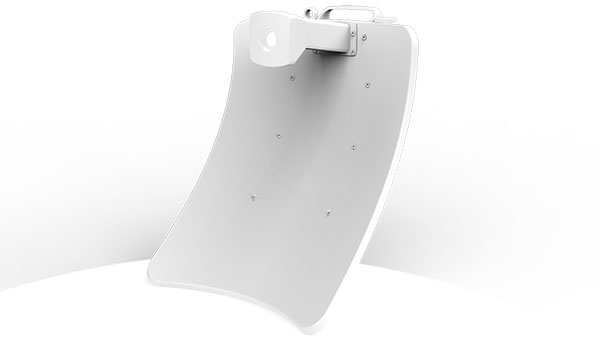

In a recent global survey of 800 service providers conducted by Cambium Networks, the top three applications for 60 GHz technology are business connectivity, residential access and Wi-Fi backhaul. To deliver the best quality of experience in these and other applications, the Cambium solution is architected using the 802.11ay standard for higher capacity, better channel access, mesh support and more subscribers supported.
Cambium can achieve +1Gbps downlink speeds utilizing the unlicensed 60 GHz band spectrum. Our solution supports CH1 to CH4 with a channel size of 2.16 GHz. With modulation from BPSK to 16 QAM, the radio supports downlink throughput up to 1.92 Gbps. With channel bonding enabled. The radio can support downlink throughput up to 3.84 Gbps.
TDD structure with DL/UL ratio: 50:50
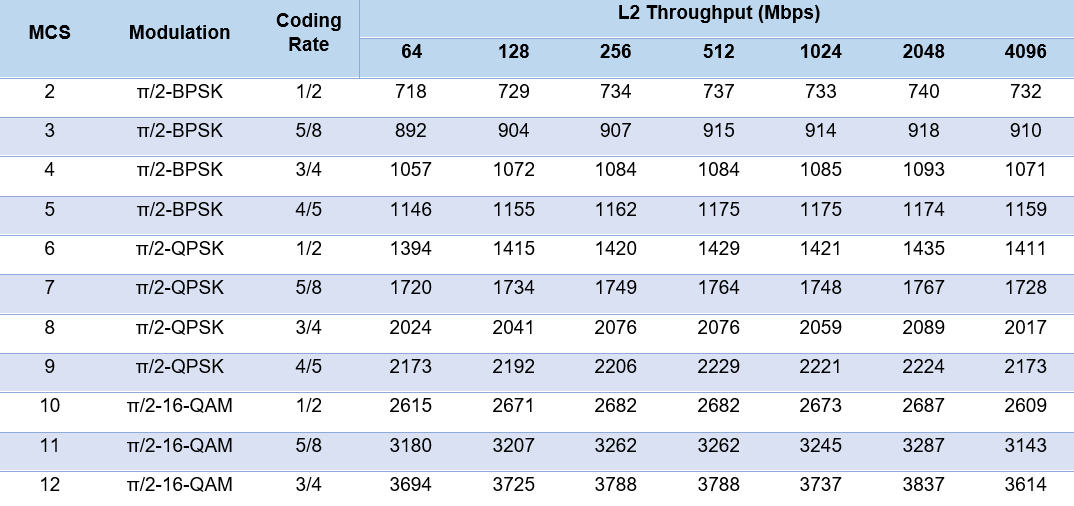
6 GHz
The recently available 6GHz of spectrum in standard power mode has opened up the possibility to offer Gigabit speeds via fixed outdoor wireless broadband equipment and in fact to some extent in the current 5GHz spectrum. Cambium Networks is currently developing both a 5GHz and 6GHz range of fixed wireless broadband equipment capable of offering greater than 1Gbps service to customers throughout the fixed wireless community. This new technology leveraging the 6GHz spectrum is based on chipsets and capabilities derived from the 802.11ax technology.
The ability to perform in channel widths as wide as 160MHz, achieving maximum modulations of 1024QAM or 4096 QAM allows the fixed wireless equipment to confidently offer gigabit speeds to a wide swath of rural customers. Based on Cambium Network’s tests and analysis the following performance numbers can be achieved confidently via the use of 160MHz spectrum in the 6GHz spectrum in conjunction with the hardware based on AX technology.
Following an EIRP of 36dBm at the AP and SM antenna of 25dBi in low interference scenarios, an operator can provide
1.6Gbps of DL speeds levering 1024 QAM modulation at a distance of 1.3miles.
In the same distance, uplink of approximately 500Mbps can be achieved. Furthermore, assuming rural deployment and very low interference that do not necessarily require synchronization and a fixed DL/UL ratio, the DL and UL performance can be both 1.6Gbps.
Cambium Networks is also planning to offer a platform that can achieve 4096 QAM. With the use of this platform, in low interference environments, at .6 mile distances, DL speeds of 2Mbps can be achieved and uplink speeds of 576Mbps.
Below chart offers a visual on distances that can be achieved against interference levels.
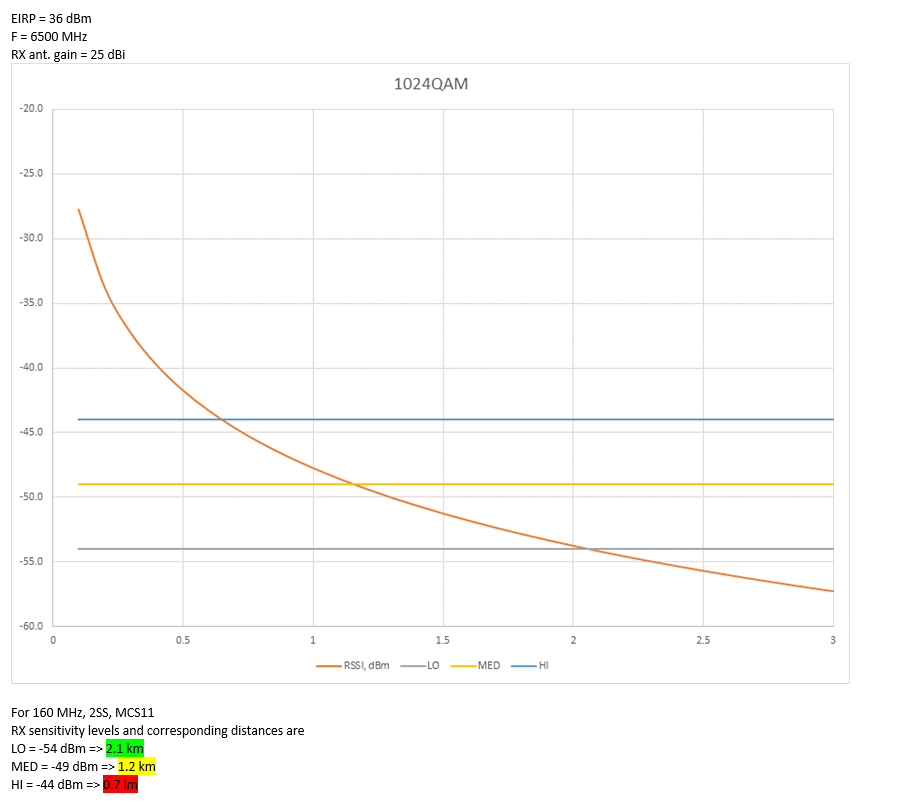
The table below highlights the key technology attributes that allows for the 802.11ax based solutions to achieve Gbps performance in fixed wireless deployments.
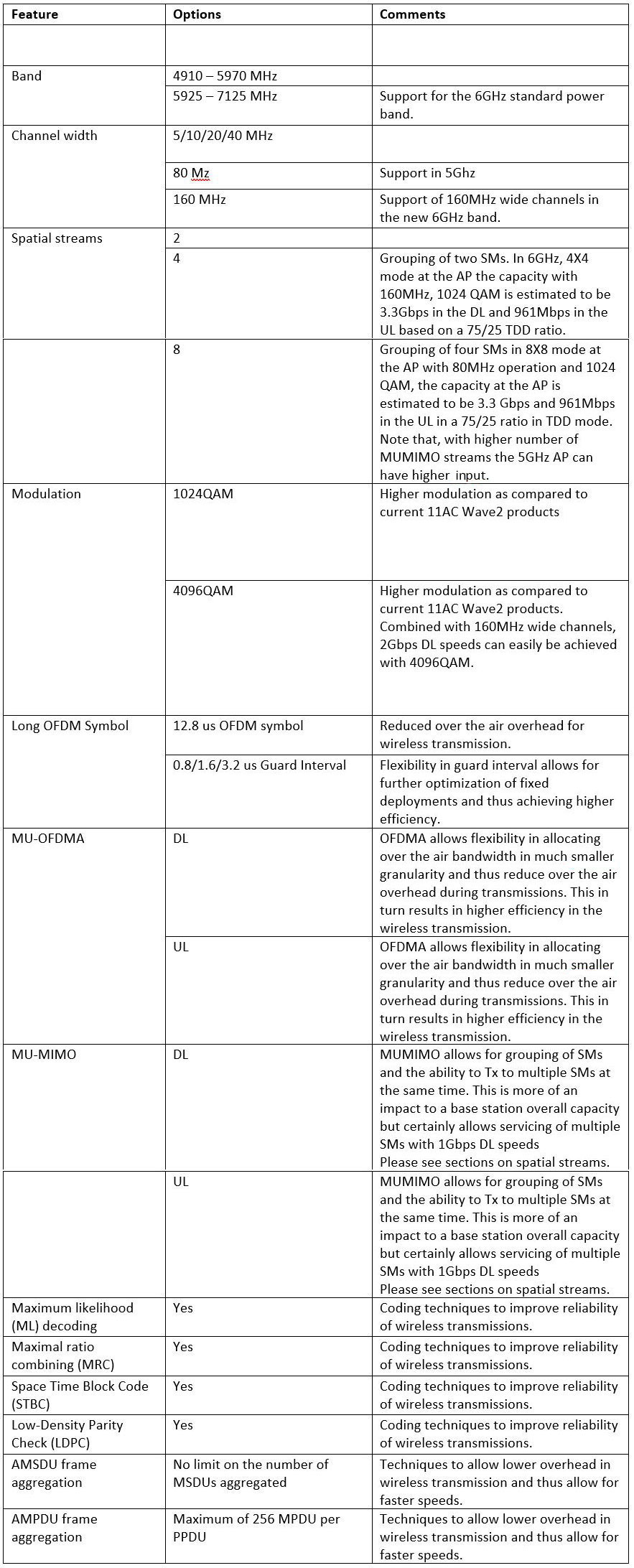
Additionally, the below table for 6 GHz rates highlights the various configurations under 802.11ax based solutions for fixed wireless where greater than 1Gbps DL and 500Mbps UL performance can be offered.
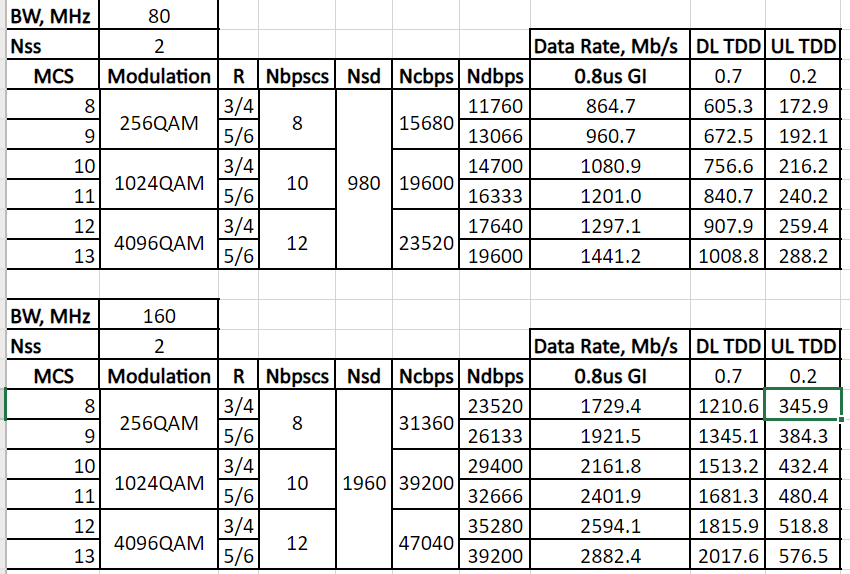
In the above table –
MCS – represents the “Modulation and coding scheme”
R – Coding Rate
Nbpscs – Number of coded bits per single carrier
Nsd – Number of data sub-carriers
Ncbps – Number of coded bits per OFDM symbol
Ndbps – Number of data bits per OFDM symbol
Note: For UL TDD, the estimations here are based on a pure GPS sync’d TDD frame structure. For scenarios requiring no GPS sync such as a low interference, low density deployment, a flexible scheduler can achieve ~2Mbps both in the DL and UL.
In summary, the 6GHz spectrum combined with Cambium Networks solution leveraging operation in contiguous 160MHz spectrum, support of 1024/4096QAM, OFDMA efficiencies of the 11AX standard, operators can confidently offer greater than 1Gbps service in the DL and 500Mbps of service in the uplink.
Please note that short-form applications must be electronically submitted on Form 183 before 6 PM Eastern Time on July 15, 2020. The application should be available online on July 1, 2020. For more information about RDOF, see the materials available on the FCC Website, especially the Auction Procedures Public Notice and the Application Tutorial.